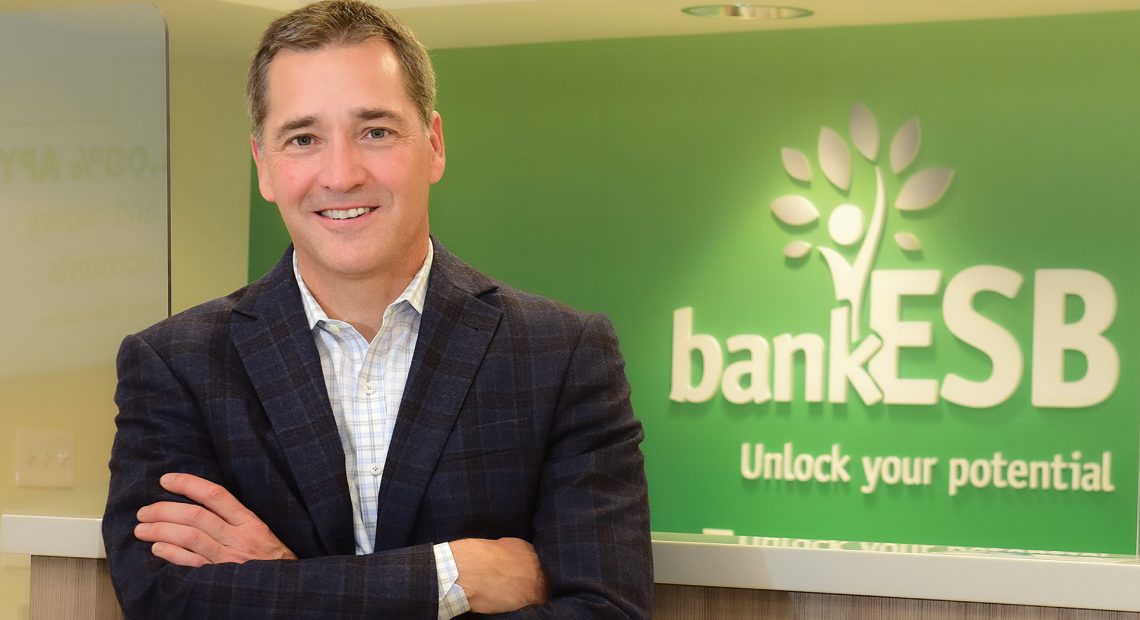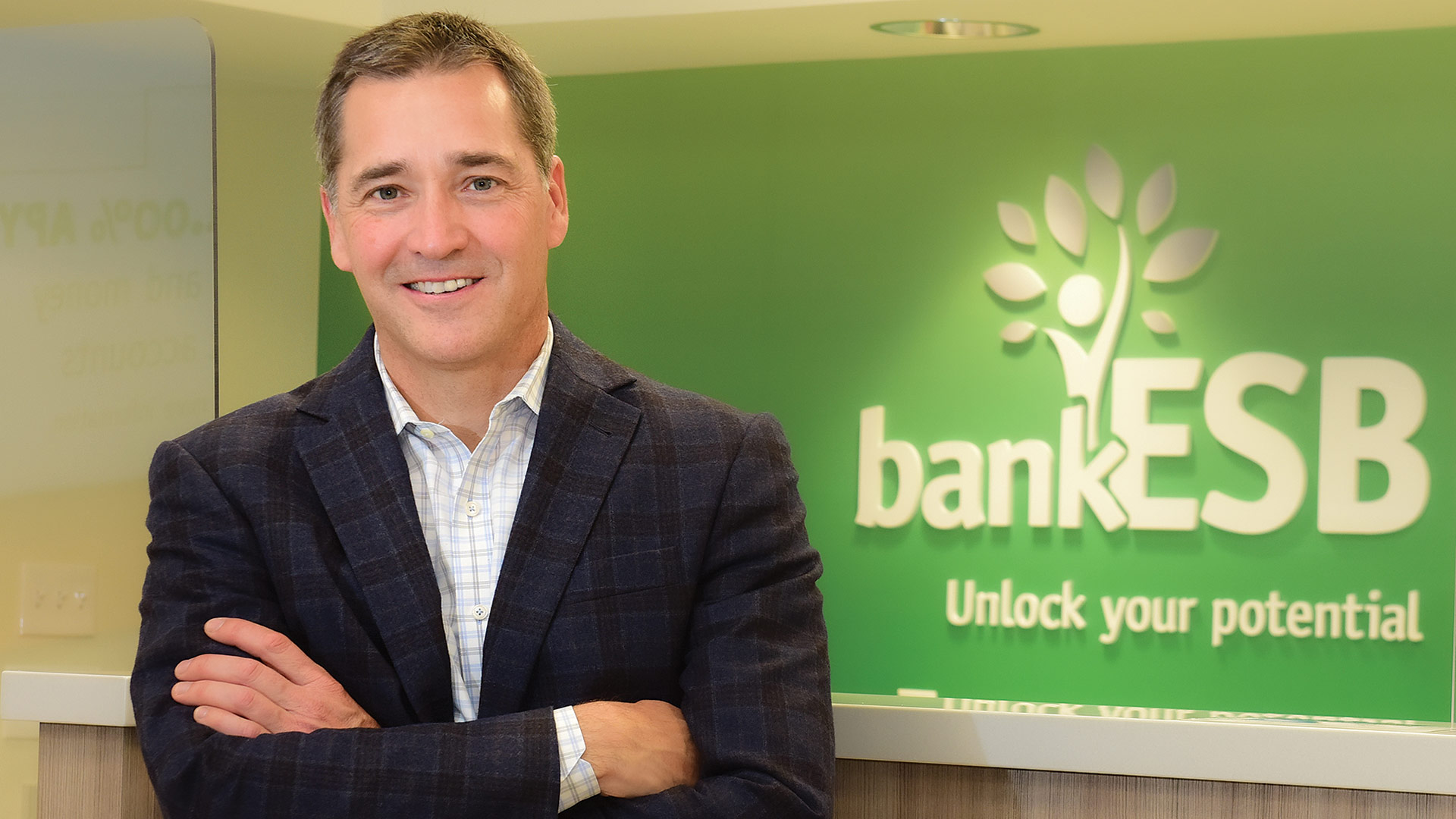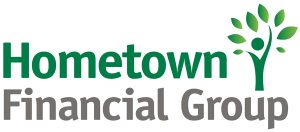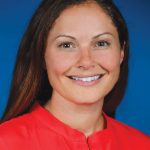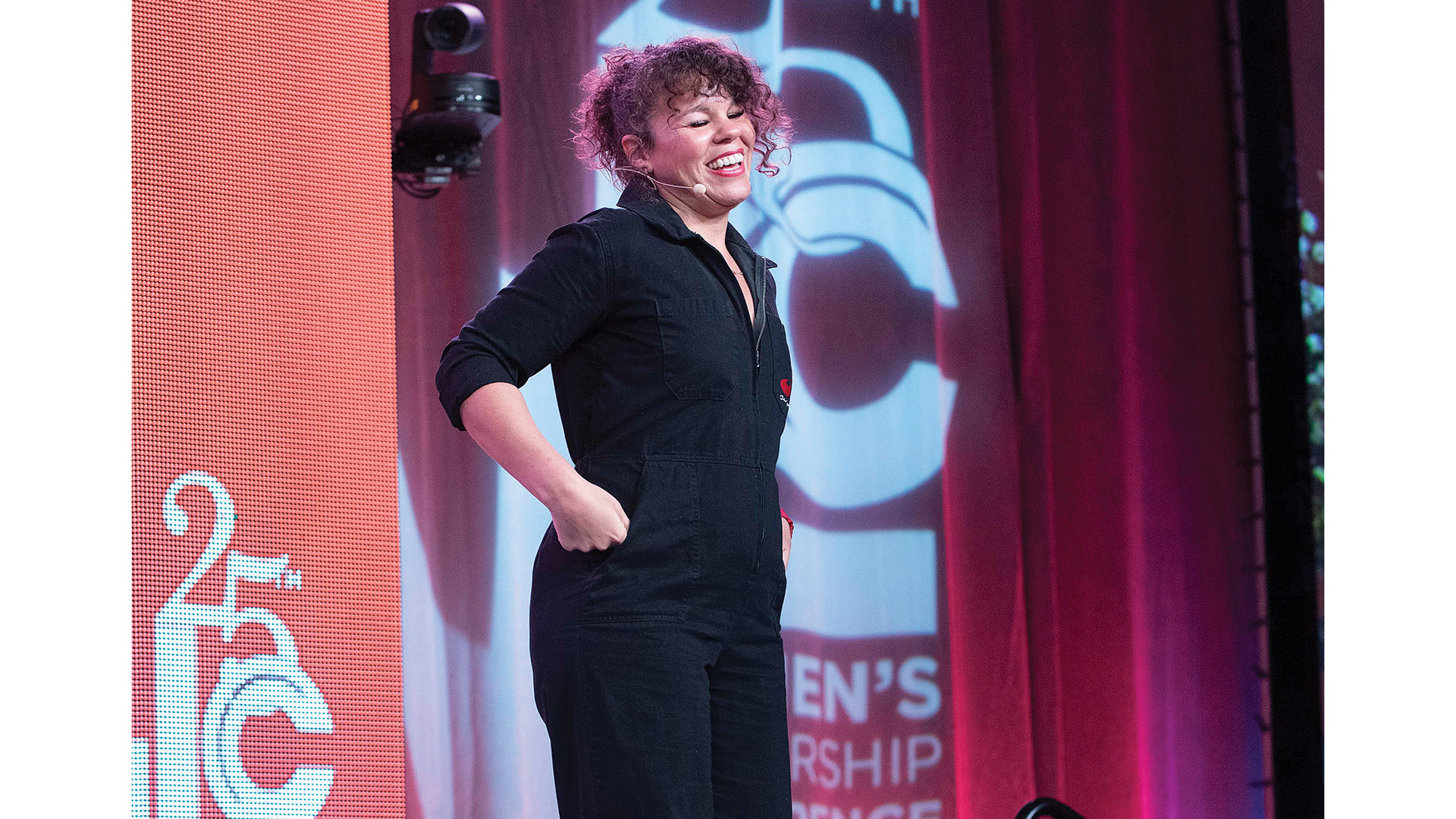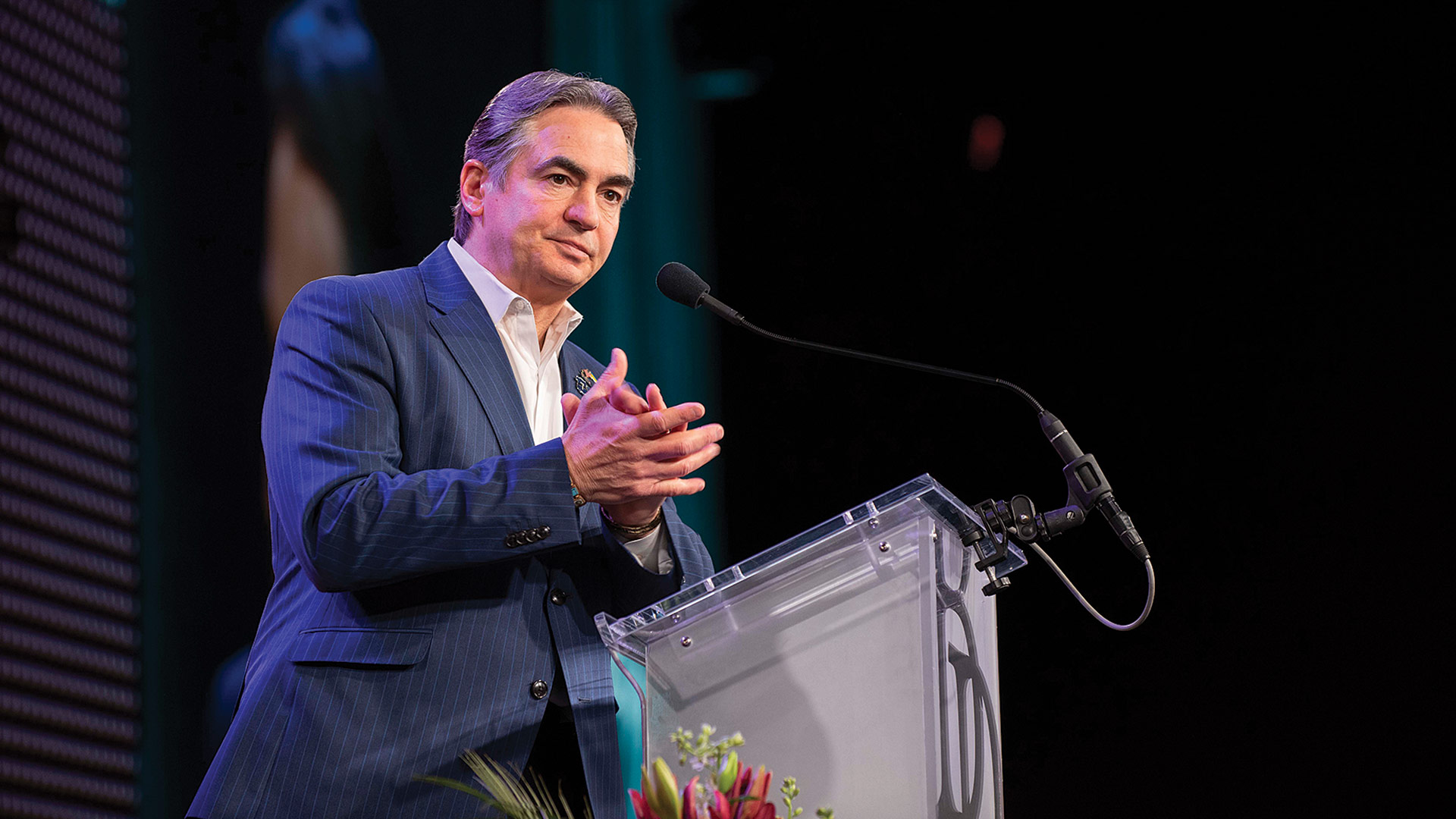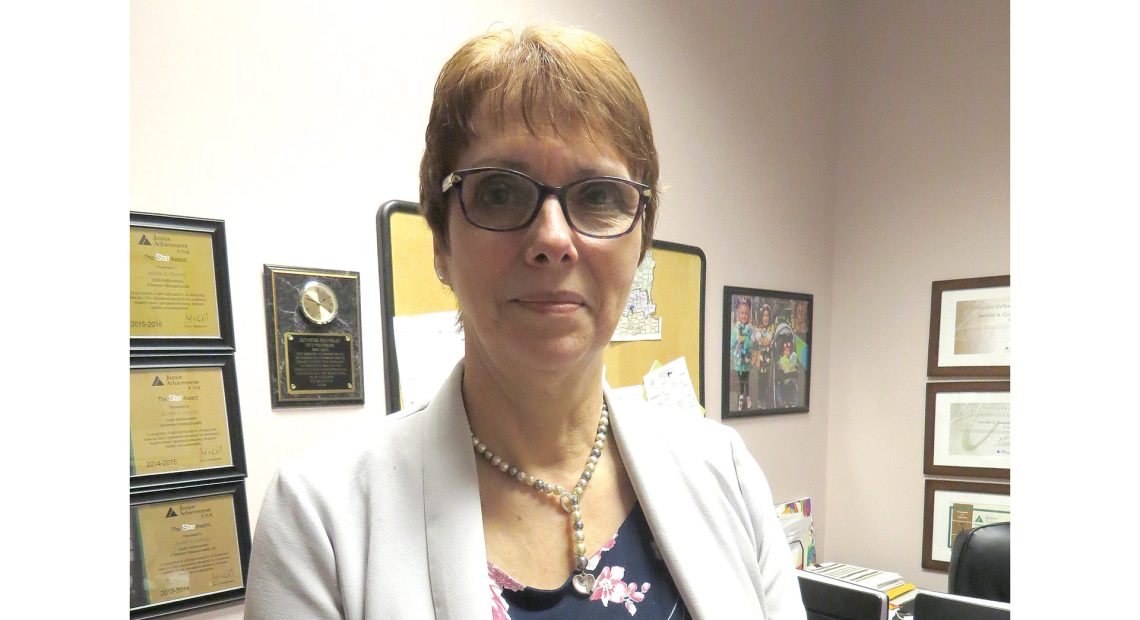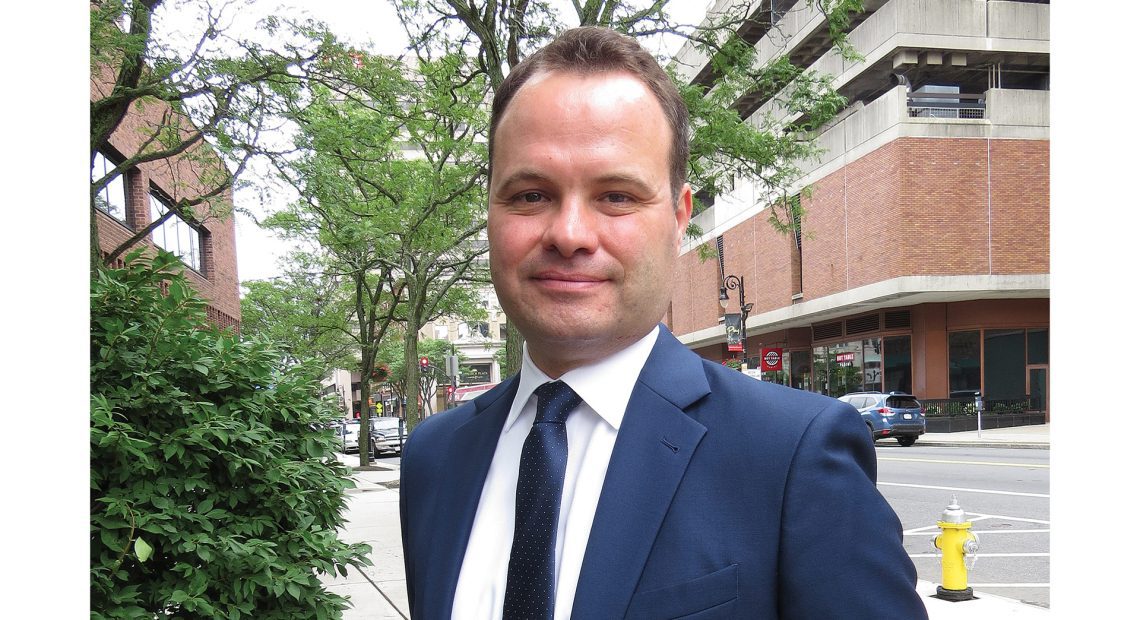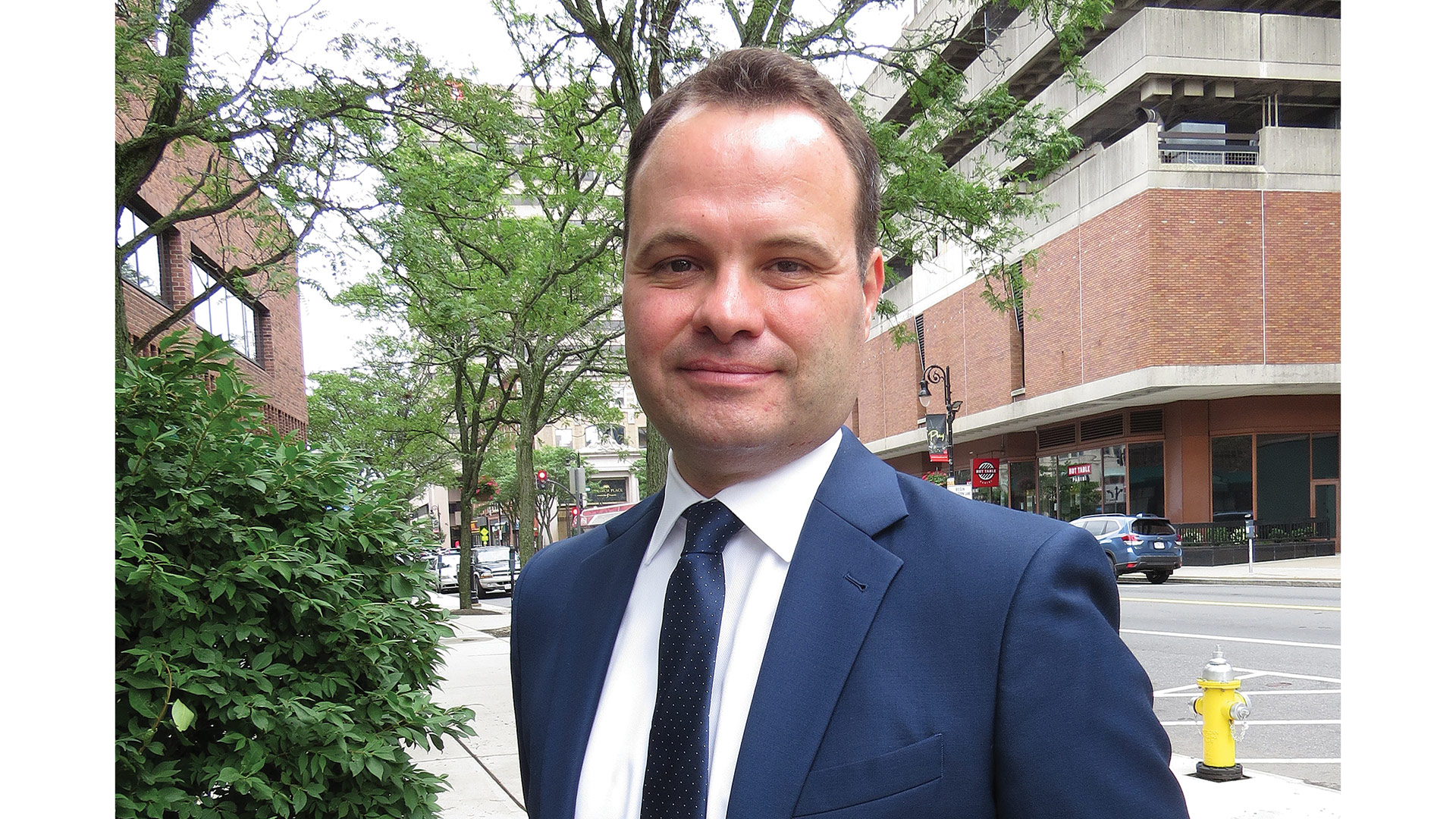SPRINGFIELD — Baystate Health has awarded $1 million in Better Together Grants to five community initiatives with partner organizations as part of its Community Benefits Program.
“Baystate Health is proud to invest our Determination of Need (DoN) Community Health Initiative (CHI) funding in the communities served by our four hospitals. It is an honor to partner with these very deserving local non-profit organizations over the next three years,” said Annamarie Golden, director, Community Relations for Baystate Health
This year’s recipients, who submitted requests for proposals in January 2022 include: Quaboag Valley Community Development Corporation in partnership with the Town of Ware, The Care Center in partnership with Greenfield Technical Community College, Westfield State University in partnership with Springfield Technical Community College, Montague Catholic Social Ministries in partnership with The Brick House Community Resource Center, and the Western Mass. Training Consortium in partnership with the Bridge Program community organizations — The Recover Project, The Salasin Project and The Wildflower Alliance.
“Baystate’s Community Benefits Program, in partnership with our hospital Community Benefits Advisory Councils (CBACs) and Grant Review Teams, is making investments through Better Together grants that will have lasting and meaningful impacts on health outcomes, health equity, and social determinants of health throughout the Pioneer Valley,” said Golden.
Funding for the Better Together grants is made possible through the Mass. Department of Public Health’s (MDPH) Determination of Need (DoN) requirements related to the replacement of Baystate Medical Center’s Operating Rooms approved in November 2020. Although this project was unique to the hospital, Baystate Health’s goal is to equitably distribute the Community Health Initiative funds for grant making to all four Baystate Health hospitals. This was an intentional step toward health equity, recognizing that Baystate’s community hospitals historically have lower likelihood of accessing DoN CHI funds. The aim of the Better Together grant opportunity is to develop approaches that by targeting the social determinants of health, will improve people’s overall well-being and make our communities healthier places to live in, while complementing the health care system’s current offerings. In addition to funding the grantees, Baystate Health has also contracted with the Public Health Institute of Western Mass. to provide technical assistance and evaluation support to the grantee cohort over the next three years.
Better Together Grant Recipients:
Baystate Franklin Medical Center: $300,000 total budget (over three years); Social Determinant of Focus: Social Environment
Montague Catholic Social Ministries & The Brick House Community Resource Center, Director of Policy, Advocacy and Development: $150,000 – 2 years
- Western Mass. Training Consortium & The Bridge Program (The Recover Project, The Salasin Project and The Wildflower Alliance), Integrated Networks for Health in an Ideal World: $150,000 – 2 years
Baystate Medical Center: $500,000 total budget (over three years); Social Determinant of Focus: Education
The Care Center & Greenfield Technical Community College, Cabot Street College: $250,000 – 3 years
- Westfield State University & Springfield Technical Community College, Pathways for New Healthcare Professionals: Promoting the Development of a Diverse, Entrepreneurial, and Innovative Nursing Workforce: $250,000 – 3 years
Baystate Wing Hospital: $200,000 total budget (over three years); Social Determinant of Focus: Education
Quaboag Valley Community Development Corporation & The Town of Ware, Engaging Youth in Education to Employment: $200,000 – 3 years
For more information about Baystate Health’s Community Benefits Program, visit baystatehealth.org/communitybenefits.



